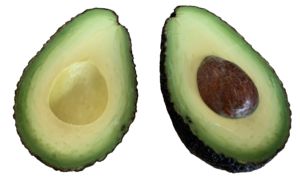
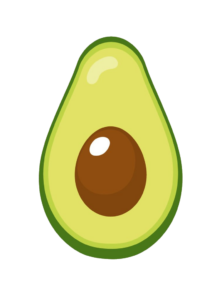

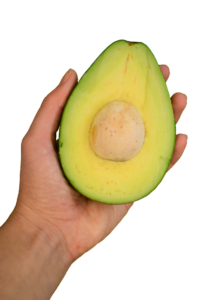

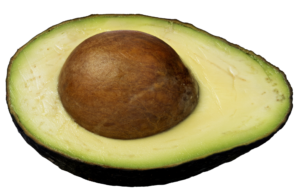
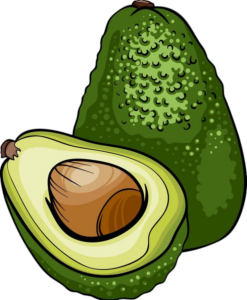
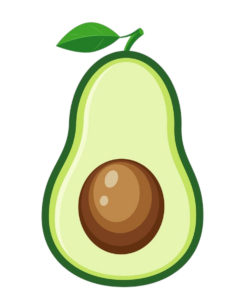

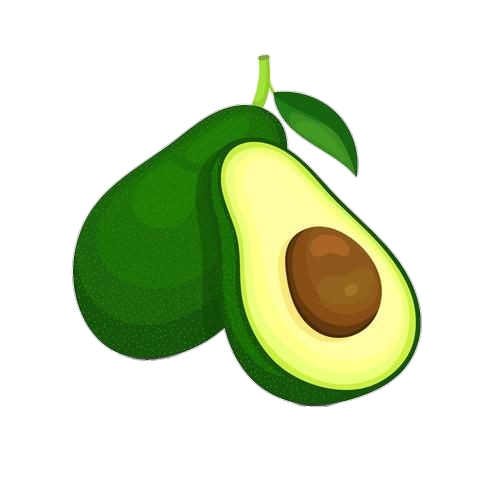
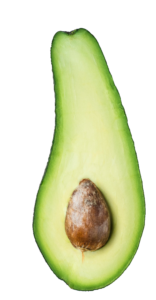

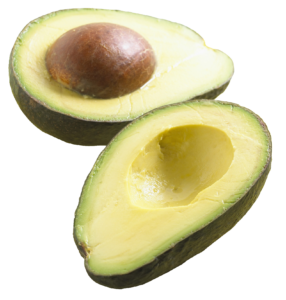
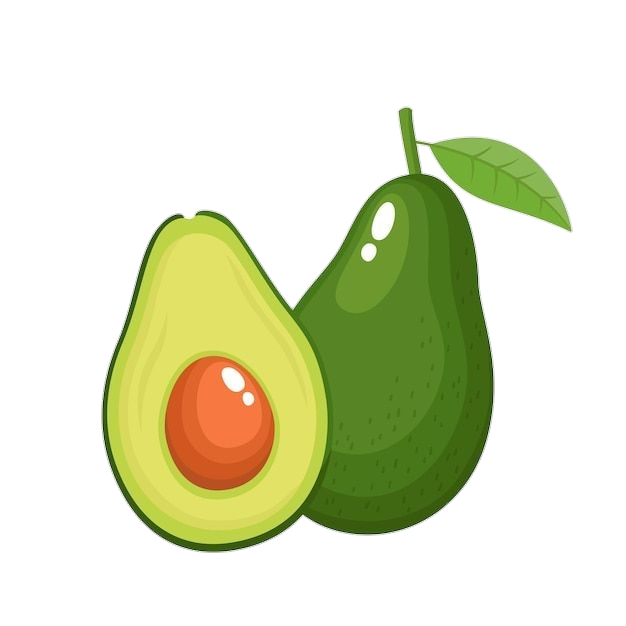
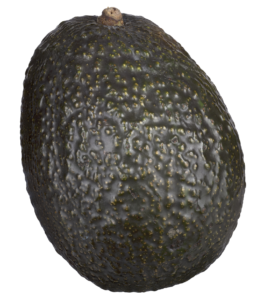

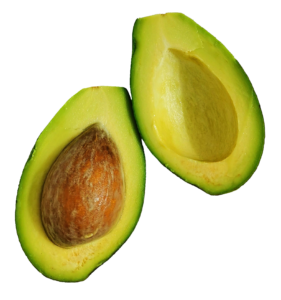
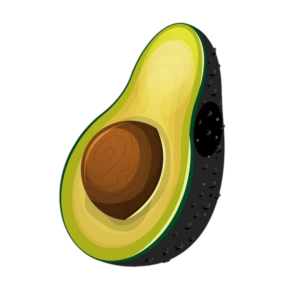
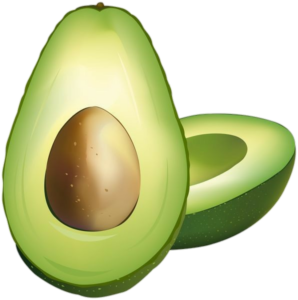

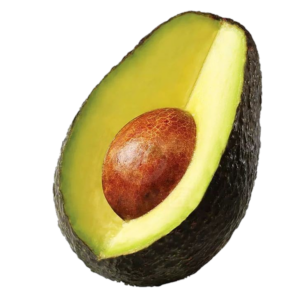

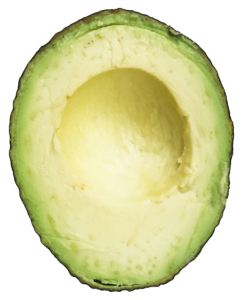

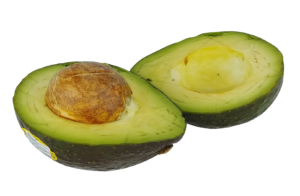
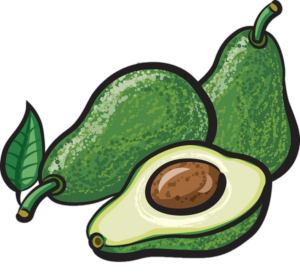

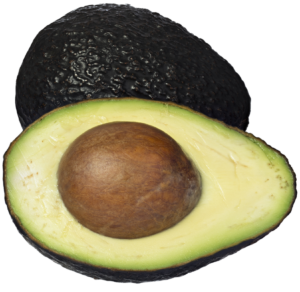


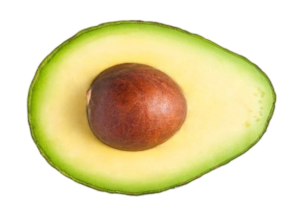

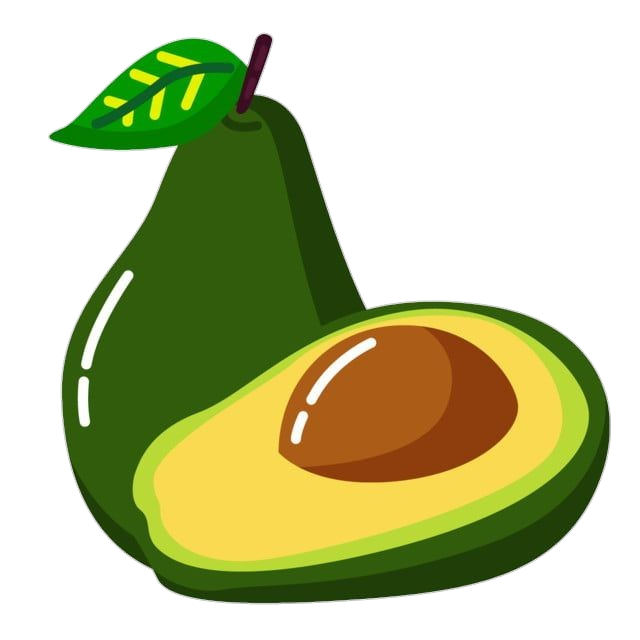
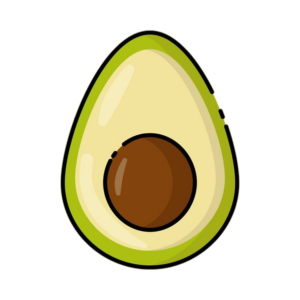
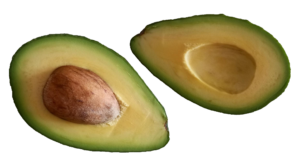




The avocado, scientifically known as Persea americana, is a fruit that has captured the hearts and palates of people worldwide. Its unique taste, creamy texture, and impressive nutritional profile make it a versatile and sought-after ingredient in various culinary creations.
The avocado is believed to have originated in South Central Mexico, where it has been cultivated for over 10,000 years. It belongs to the Lauraceae family and is related to cinnamon and bay laurel trees. Avocado trees can grow up to 30 feet in height, and the fruit typically ranges from pear-shaped to oval. While there are many avocado varieties, the two most popular are the Hass avocado and the Fuerte avocado.
The Hass avocado, known for its pebbly skin that turns from green to purplish-black when ripe, is the most commonly consumed globally. It was named after Rudolph Hass, a California postman who patented the tree in 1935. The Fuerte avocado, on the other hand, has smooth, medium-thick skin and a slightly different flavor profile. These two varieties are widely available in markets and grocery stores.
The avocado is often considered a superfood due to its impressive nutritional content. It is a rich source of healthy fats, particularly monounsaturated fats, associated with heart health. In addition to fats, avocados are packed with essential nutrients:
Fiber: Avocados are an excellent source of dietary fiber, which aids in digestion and helps regulate blood sugar levels.
Vitamins: They are a great source of vitamins such as vitamin K, vitamin E, vitamin C, and various B vitamins, including folate (important for fetal development).
Minerals: Avocados contain essential minerals like potassium, which are crucial for maintaining healthy blood pressure.
Antioxidants: These fruits are rich in antioxidants like lutein and zeaxanthin, which promote eye health and may reduce the risk of age-related eye diseases.
Protein: Although relatively low in protein compared to other foods, avocados still contribute some protein to the diet.
Avocado’s culinary appeal is vast, and it can be incorporated into a wide range of dishes. Here are some popular uses:
Guacamole: Perhaps the most famous use of avocado is in guacamole, a creamy and flavorful dip made by mashing ripe avocados with lime juice, onions, tomatoes, and cilantro.
Salads: Sliced or cubed avocado is a common addition to salads, adding a creamy texture and healthy fats.
Sandwiches and Wraps: Avocado slices are a popular choice for sandwiches, wraps, and burgers, providing a creamy and nutritious alternative to mayonnaise.
Smoothies: Avocado adds creaminess to smoothies and provides a nutritional boost.
Soups: Avocado can be blended into cold soups like gazpacho for a rich and velvety texture.
The avocado has transcended its Mexican origins to become a global culinary sensation. It has become an iconic symbol of healthy eating and has found its way into various cuisines worldwide. In some cultures, it holds special significance. In Mexico, for example, it is considered a symbol of love and fertility, often included in wedding rituals.
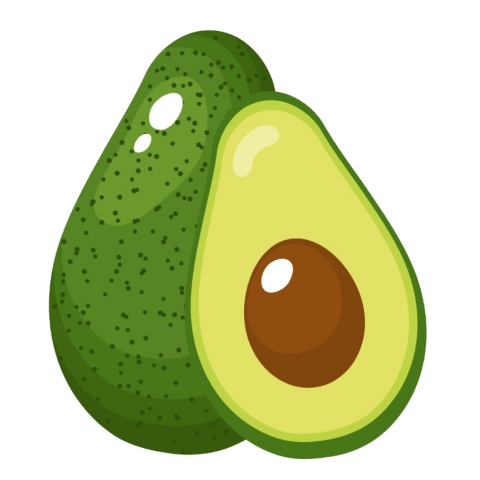
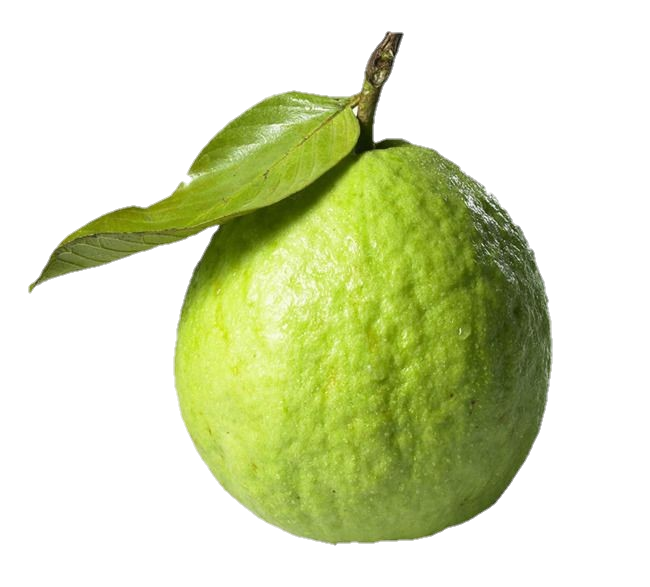
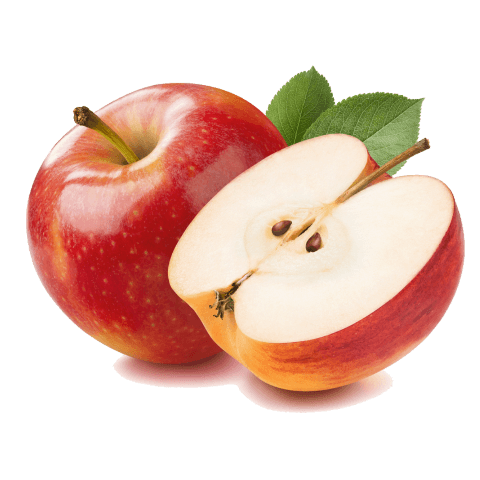
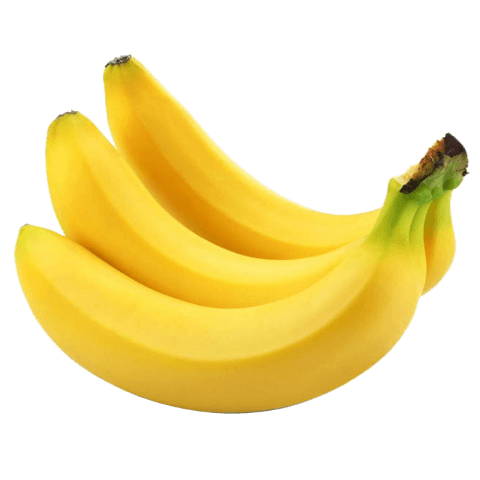
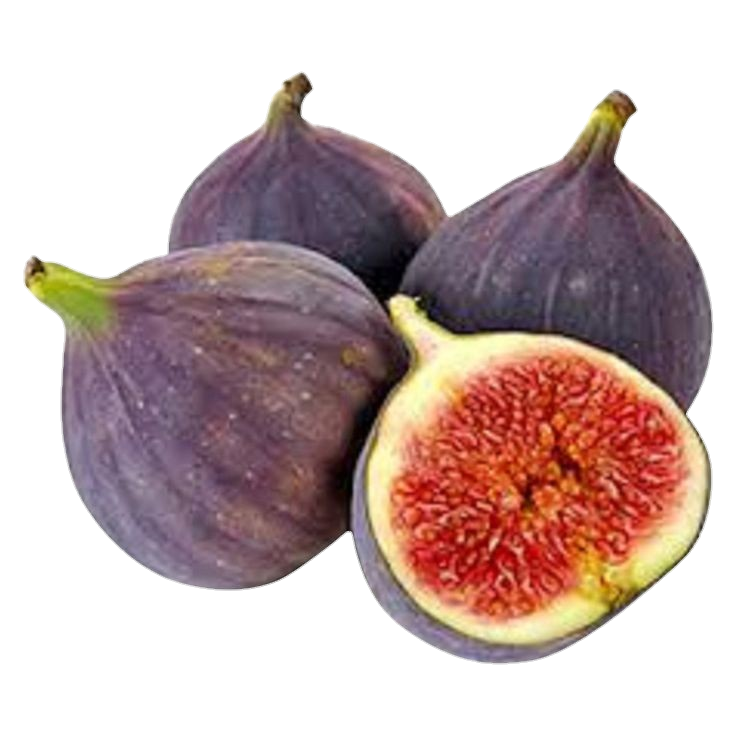


Leave a Comment